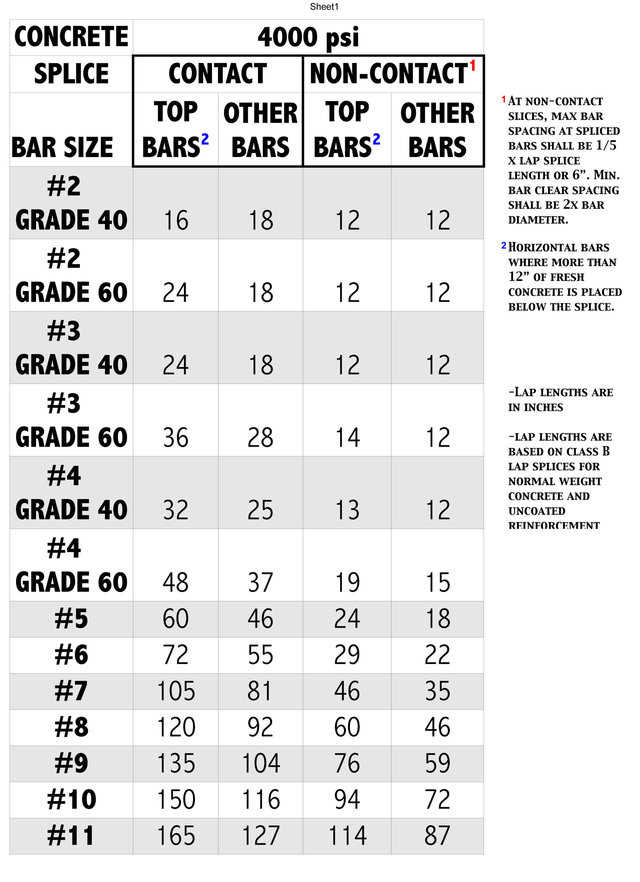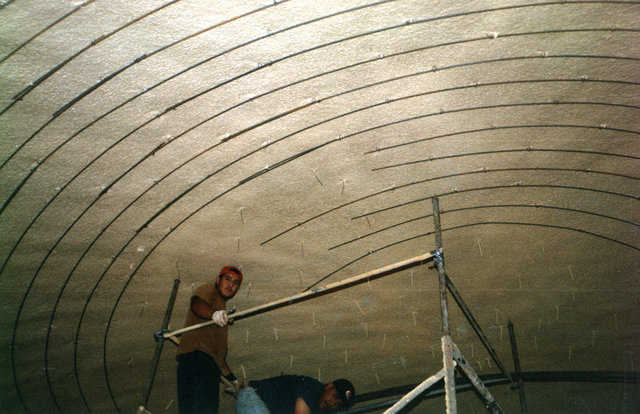Rebar Splicing and Rebar Sizing

Monolithic’s recommended procedure for splicing rebar has changed. For years and years, we just overlapped the rebar and tied the bars together. In fact, when I first started we overlapped and welded the bars together. But it turns out that unless you’re using A706 rebar – which is very expensive – welding the rebar is not allowed. So we recommend that you stay away from welding.


